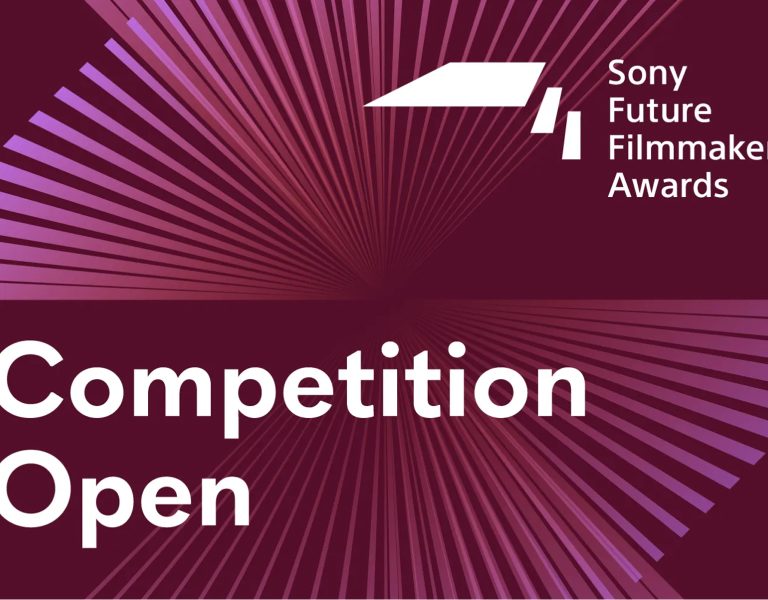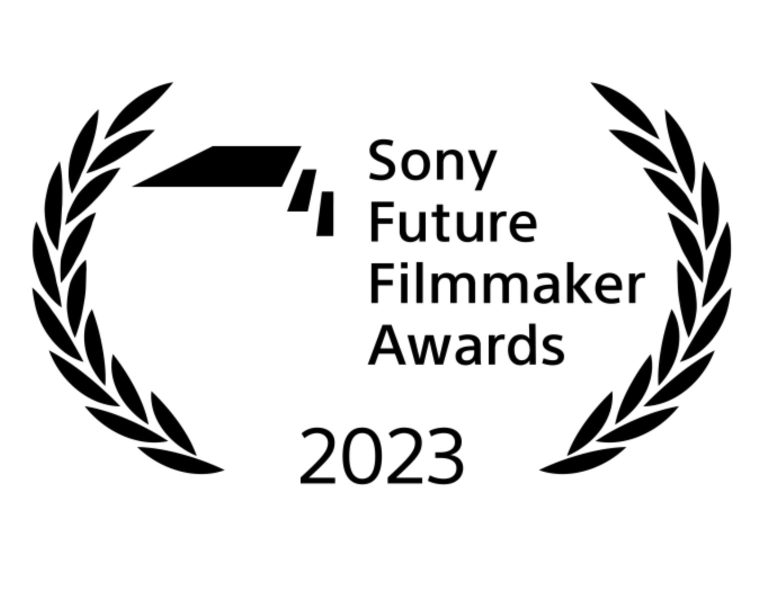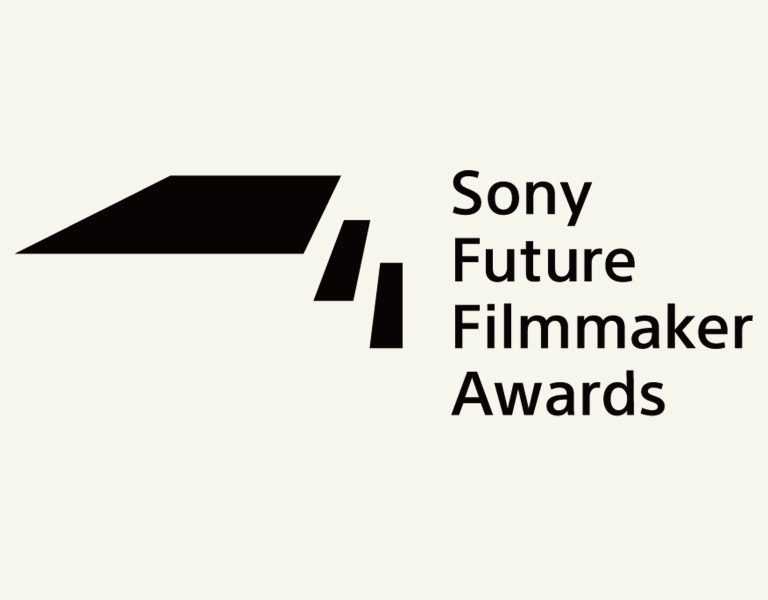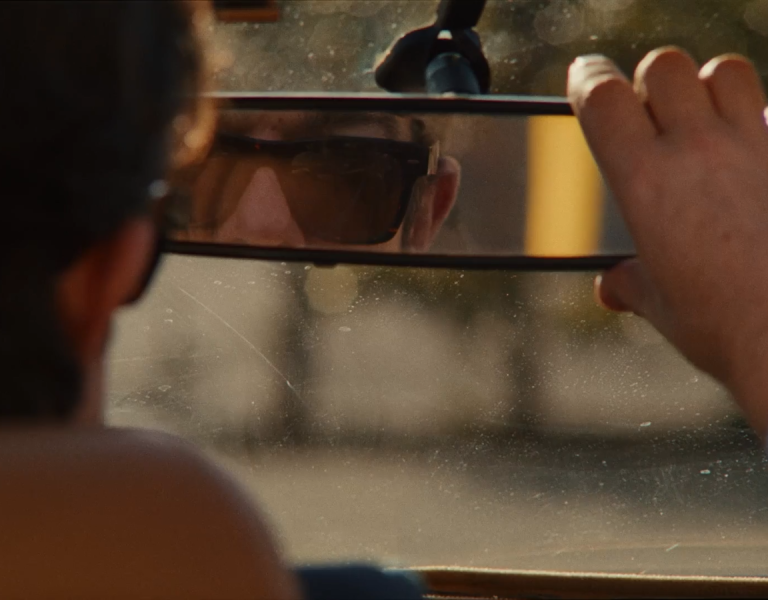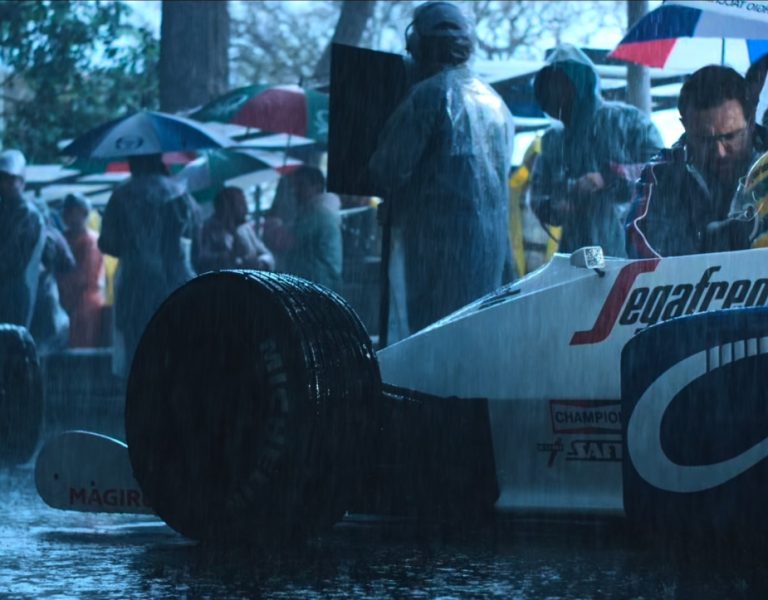STAR QUALITY
Building upon the success of last year’s inaugural event, the 2024 edition of the Sony Future Filmmaker Awards united outstanding talent for educational and networking activities in Los Angeles, culminating in an awards ceremony celebrating the winning films and their creators.
Cinematic creativity shone bright like the Los Angeles sun as inventive storytelling was commended at the Sony Future Filmmaker Awards (SFFA). Now in its second year, the awards for short films was established by creative organisation Creo and developed in partnership with Sony to offer opportunities to nurture filmmaking talent and highlight those with original perspectives and ideas.
Across six categories, 8,400 films were submitted from 5,000 filmmakers in 148 countries this year – doubling the number of entries submitted in 2023. The 30 shortlisted filmmakers were chosen from a longlist by Australian filmmaker Unjoo Moon and cinematographer Robert Primes ASC before the winners were selected by a panel of expert judges led by chair, director Justin Chadwick and featuring cinematographers Rob Hardy ASC BSC and Kate Reid BSC, and co-founders and co-presidents of Sony Pictures Classics, Michael Barker and Tom Bernard.
The talented winners celebrated at this year’s event in LA were: Fiction: Katie Blair (USA) for Imogene (Cin: Peter Quandt); Non-Fiction: Olawunmi Hassan & Adaobi Samson (Nigeria) for Ìrún Dídì (Cin: Unwana Uteh); Environment: Solmund MacPherson (Canada) for Wildmen of the Greater Toronto Area (Cin: Julian Lomaga); Student: Raheem Razak (South Africa) for Anguish (Cin: Shona Harris and Bokang Sesele); Future Format (shot on a mobile phone): Cristian Daniel (Uruguay) for Parasomnia; and Animation: Kyle Novak (Czech Republic) for Ángulos de la Hora (Hour Angle).
The nominees and winners also participated in a week-long industry immersion programme in LA, connecting with peers and leaders in the field, gaining exclusive behind-the-scenes access, and attending screenings, workshops led by Sony Pictures executives and seminars hosted by cinematographers such as Larry Fong ASC and Adam Bricker ASC. They also gained insight into working with talent agencies, cutting-edge technologies, film scoring and music rights.
Programmes such as SFFA are essential to find new storytellers, believes Scott Gray, founder of CEO of Creo Arts Group, because “the industry is changing and we need to find fresh voices and different perspectives that really give opportunity and agency to creatives and offer them the chance to thrive. It’s about providing a platform that’s free, engaging, and accessible for everyone regardless of budget or where you’re from. It’s all about your creativity”.
The competition is open to all, and films do not have to be shot with a Sony camera. Judge Kate Reid BSC commends event organisers Creo and Sony for “putting their presence and money behind up-and-coming filmmakers at a point in their career when the exposure and opportunity to network in the industry and build bridges is absolutely vital and will help launch them”. She’s hopeful this means “we’ll have a wonderful range of new filmmakers and their stories being told in cinemas in the very near future”.
The involvement of judges of a high calibre is a crucial aspect of the event, according to Florence Quintin, marketing manager for the filmmaking and cinema division at Sony Europe. As well as being proud that two members of the jury were DPs from the UK – Rob Hardy and Kate Reid – Quintin is “happy that such important cinematographers in the industry decided to dedicate their time to watch the submissions and help with the judging process”. For her “it’s important that filmmakers such as these support the next generation of cinematographers”.
That includes cinematographer Rob O’Kelly who shot director Jason Hogan’s Twenty which was nominated in the Fiction category. “As cinematographers, there are only a few days in the calendar when we get the chance to get together, see each other’s work and talk about the processes behind it. It’s lovely to meet people from all over the world telling all sorts of stories at the SFFAs,” O’Kelly told us during a networking lunch. He found the “incredibly candid and open discussion” during a panel featuring ASC members particularly valuable. “It was a special opportunity to hear the filmmakers speak about their journey in very honest terms.”
Hogan believes that for short films in particular there are “a few golden opportunities that really make a difference to your life as a filmmaker”. SFFA is one of those rare events “where it feels like such a celebration of all the hard work” and offers the chance to “meet people who can change” nominees’ and winners’ careers.
Connections and creativity
Aside from celebrating the winners and nominees at a glittering awards ceremony held in the Cary Grant Theatre at Sony Pictures Studios in Culver City, British Cinematographer had the pleasure of joining a group of talented filmmakers – Ebba Hult; Pauline Simon; James Matthews; Dennis Schmelz; Emanuele Giannini; Susanna Kosa; Dilek Yaman; Jenny Alice; Sjoerd Wess; Zimy; and Nikola Krstic – and members of the Sony team in LA for a standout line-up of activities tying in with the awards. The experience kicked off with screenings of the nominated films across the six categories and discussion with the filmmakers about their work.
Susanna Kosa, a filmmaker based in Munich, Germany, who mainly focuses on branded content and advertisements, predominantly for outdoor sports projects, was impressed by the high production value of the submissions. “I cried my eyes out at some of the documentaries and I think that’s very important as filmmaking is all about how you can touch and reach people,” she said. “That’s also why it’s important to have awards like this to see films you wouldn’t normally see. It’s an excellent platform.”
A presentation from the Sony Europe team about the awards and company’s key products preceded a fascinating tour of the historic Sony Pictures Studios, and an in-depth feedback session between filmmakers and Sony’s engineers. Dennis Schmelz – a filmmaker from Germany who shoots predominantly travel-focused productions – was among those who found the session invaluable: “We’re using the cameras every day in the field so speaking to the people who design the cameras was a great opportunity. When I attended the event last year I shared feedback which it was great to see Sony had then integrated into their latest cameras.”
The tech-related activities continued as the group headed to Venice Beach to get hands on with Sony’s Burano camera. As well as having the chance to capture footage of fast-paced basketball action, members of the Sony team were on hand to answer the filmmakers’ questions about the company’s exciting new release and how they might use it on their upcoming productions.
Elsewhere in the agenda, the group was immersed in a special effects make-up masterclass with Michael Spatola (Edward Scissorhands, Predator 2, Terminator 2) at the Cinema Make-Up School in Hollywood. He emphasised the importance of the relationship between the make-up artist and cinematographer if a special effect is involved. “I’m going to do things that look good to my eye but the lighting in my make-up room or trailer may not be the same as the lighting on set,” he said. “I have a background in photography, so I know the difference between daylight and tungsten, but I also need to know how the cinematographer is going to shoot, so I can alter my make-up to suit.”
The activities morphed from make-up magic into the virtual realm during a tour of Sony Pictures Entertainment’s (SPE) cutting-edge LED virtual production stage built by Sony Innovation Studios and operated by Pixomondo, the virtual production, visualisation and VFX company SPE acquired in March.
On-set producer for Pixomondo, Mauricio van Hasselt, highlighted the “technology cohesive proposition from Sony” as offering “a stabilised future production pipeline that is preconfigured to accommodate crews on rapid call times”. The quality of the Sony displays is one benefit filmmakers can enjoy as the “colour-critical screens pivoted into virtual production and offer outstanding colour fidelity. As it’s a 1.5mm pixel pitch screen that delivers a tremendous amount of resolution for virtual production work”.
Ebba Hult, a London-based cinematographer from Sweden who works predominantly in fiction along with fashion and beauty commercial work, revelled the opportunity to meet the Sony team and other creatives, experience filmmaking in LA, and visit facilities such as the Stage 7 virtual production stage. “There’s a growing demand for virtual production knowledge from DPs, so it’s really cool to be able to see this space and ask questions,” she said while admiring the immersive LED environment. “I’ve only been on one VP stage before but this set-up is very impressive and I look forward to shooting on a volume in the future.”
While filmmaker Susanna Kosa is yet to shoot in a virtual production studio, as she is currently working on a full CGI Unreal Engine film with an Unreal artist, the tour of the VP stage was of great interest. “I don’t think virtual production will replace real shooting but I think it will offer an additional option or replace green screen,” she said. “It’s also very sustainable as you can build worlds that would not be possible in real life and if you need to reshoot a scene it’s easy to set-up and the crews don’t have to fly all around the world. I think it has an exciting future.”
As education is a key part of the awards programme, nominees and guests were treated to a fascinating masterclass session with Checco Varese ASC and Alicia Robbins – hosted by Nicole Hirsch Whitaker ASC – in which Varese shared insight into the creation of production Under the Bridge and Robbins explored her work on Bridgerton.
In addition to stressing the vital role played by events such as SFFA in celebrating and supporting future filmmakers, after the session, Hirsch Whitaker told us about what inspired her when she was at the start of her career, working in production and being lucky to watch great DPs in action. “I was inspired by them and I also knew how hard it was to do what they do. I learnt most of what I know that way and there are so many amazing DPs who are willing to give you advice.”
One such DP willing to share advice for filmmakers looking to enter next year’s Sony Future Filmmaker Awards is SFFA judge Kate Reid BSC who highlights “original stories told in an interesting way that draws the audience into the experience of the film” as being key. “As a DP, you’re always drawn to images that are strong and tell the story, but that doesn’t necessarily mean it has to be really high production value or shot with the latest technology. It’s all about how the camera helps enhance and tell the story in the best way for the audience.”
Head to British Cinematographer’s social platforms to watch video interviews with some of the SFFA attendees, nominees, winners, event organisers, judges, and those who delivered masterclasses at the event.

